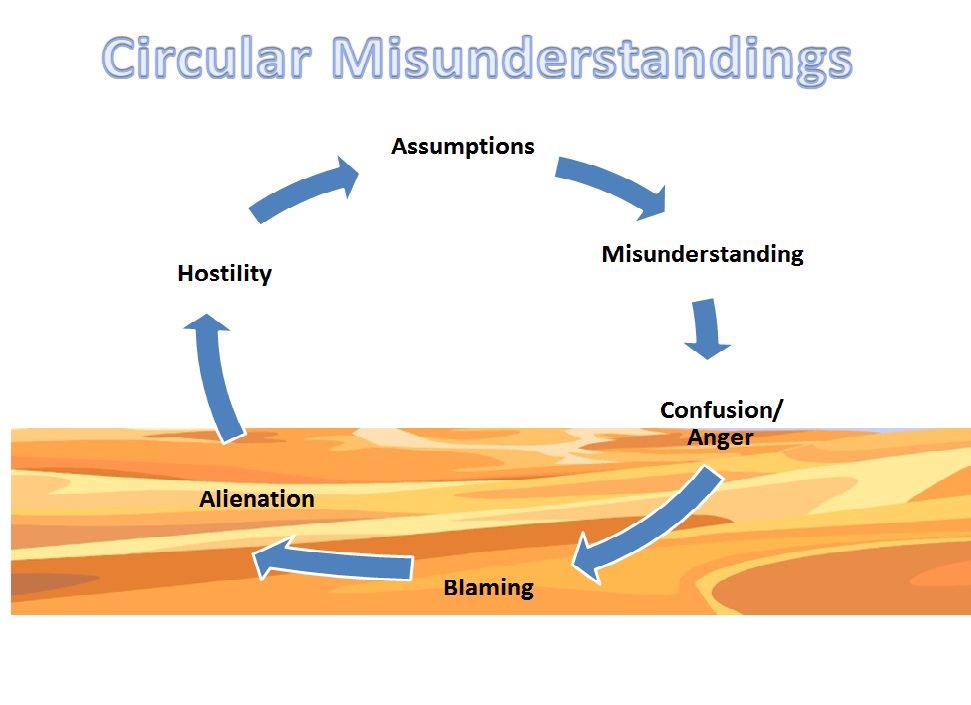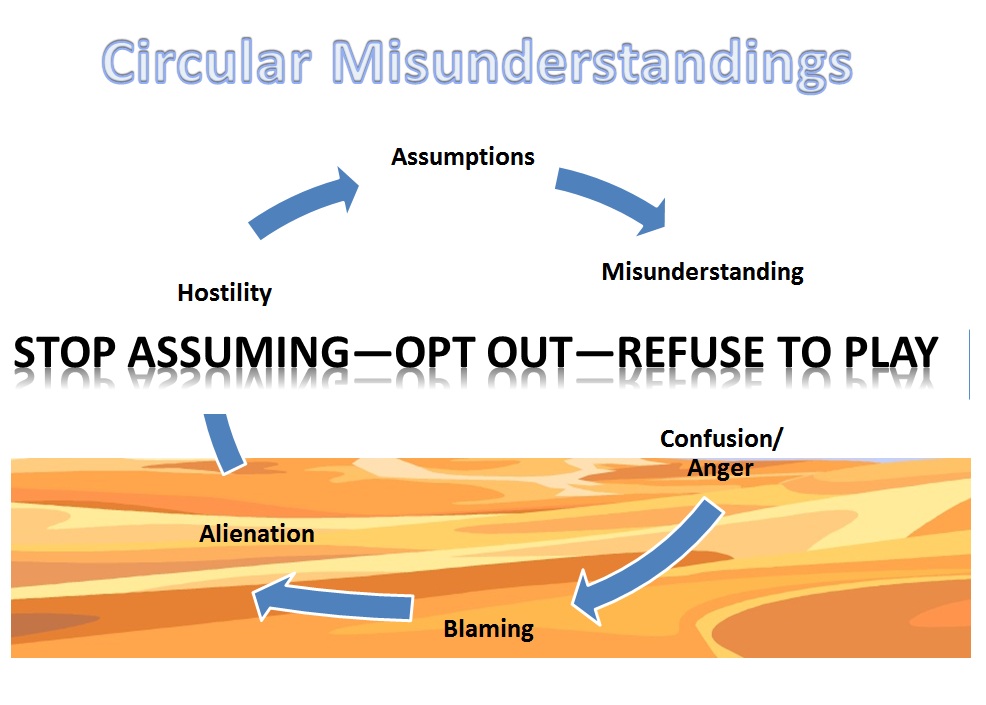Don't think it out. Try it out!
/ I can remember many times when I got "stuck" with my kaizen.
I can remember many times when I got "stuck" with my kaizen.
One particular situation stays with me even though it was over 15 years ago.
I was working with a company to help them make ergonomic improvements for each process in a product line. It was our intention to do this first and then connect all the processes into a U-shape cell - on to takt time, etc. But first, the ergonomic kaizen. I worked with the team members on their ideas and mine. They had an endless list of great ideas - creative, unique and on-target to the aim of our goals. The implementation phase was quick and happy.
The rest of the list made me nervous - as our tasks would not be related to ergonomic improvements or continuous flow. We needed to maximize the efficiency of part flow to some processes while creating an isolated island for the team members. Since the team members in this line rotated to each process, the tension among the team grew rapidly. As we tried to assess which process layout style was best for the team members and continuous flow, well, let me just say, it wasn't just the welder giving off sparks.
Finally, a dim light bulb flickered in my head reminding me that we would get nowhere fast by just talking and simulating with sticky notes. However, if we were to try out the ideas (with an open mind of course), and see them as a team, we could evaluate facts and ideas very quickly. I rallied the group for a pep talk about kaizen spirit and a slogan came to my mind - "Don't think it out. Try it out!" As a result the team was energized to try anything to get unstuck.
Perhaps you can imagine what happened next. As soon as we united to actually DO and TRY experiments, we were able to implement very good kaizens quickly. The teamwork they had from the ergonomic kaizen was back and even stronger. During my next visit to the plant, I arrived to grinning faces as the team showed me their first TRY at a continuous flow cell.
Have you had any experiences being stuck and how you broke the deadlock that the rest of us could learn from? Please share.
- Lesa






